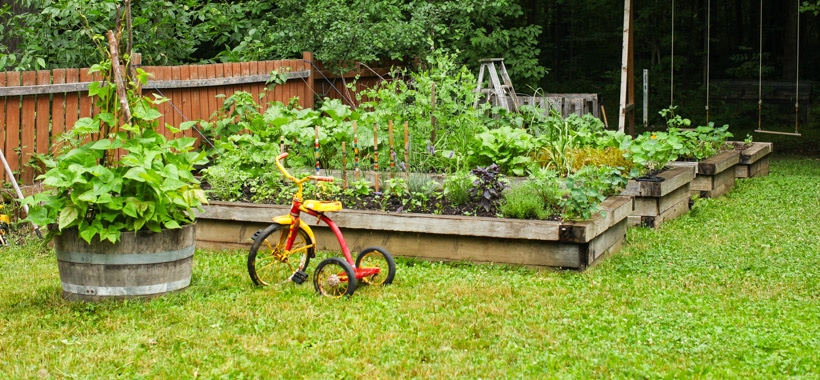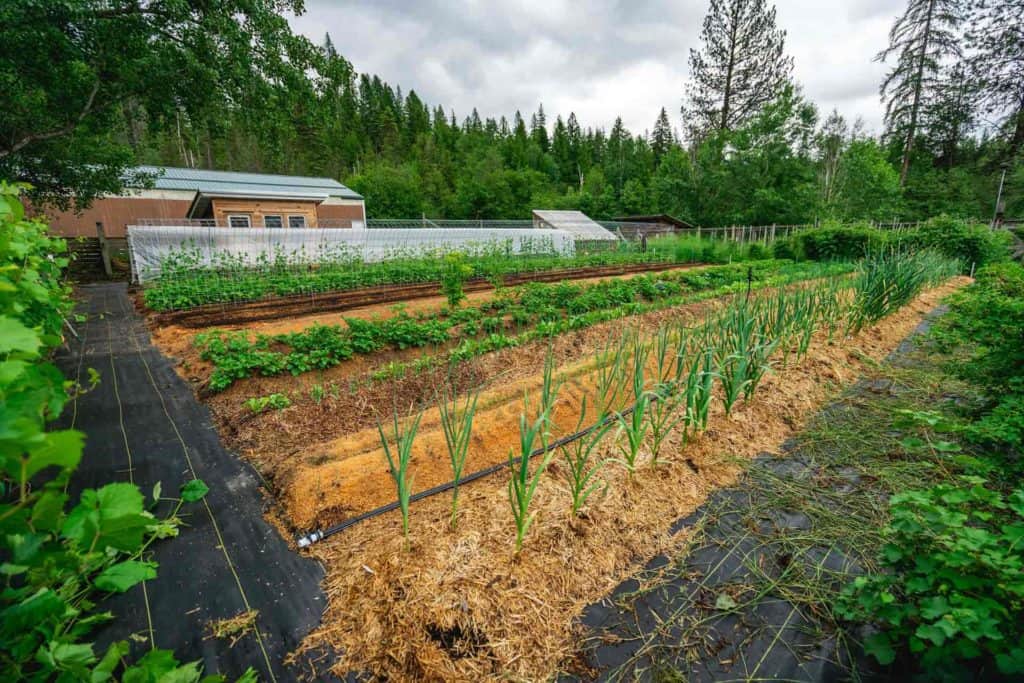How to Plan Your Homestead Gardening Effort
Learn How to Cultivate a Prospering Horticulture Setting for All Ability Levels
Developing a growing yard is a multifaceted venture that can be accepted by individuals at any skill degree. By checking out vital parts such as soil health and wellness, ideal plant selection, and seasonal care regimens, one can develop a sustainable horticulture practice that yields enjoyable results.
Recognizing Your Garden Area
In the world of gardening, recognizing your yard room is critical to growing a thriving landscape (Homestead Gardening). The initial step in this endeavor involves analyzing the certain characteristics of your story. Elements such as dirt composition, sunlight exposure, and drainage play critical roles in establishing the viability of your yard for various kinds of plants
Begin by performing a dirt examination to assess pH degrees and nutrition material, which will educate any kind of required changes. Additionally, observe just how much sunlight your space obtains throughout the day. Different plants have differing light needs; some grow completely sunlight, while others like complete or partial color.

Finally, evaluate the available area and strategy accordingly. This includes considering plant elevations and infected ensure sufficient room for development without congestion. By getting an extensive understanding of your garden room, you established the foundation for a successful gardening experience.
Selecting the Right Plant Kingdoms
Selecting the right plants for your garden calls for mindful factor to consider of various elements, consisting of climate, dirt problems, and individual preferences. Beginning by examining your regional climate, as particular plants flourish particularly temperature ranges and weather patterns. Tropical plants may not survive in colder areas, while durable perennials can endure rough wintertimes.

Consider your individual choices, including aesthetic appeal and maintenance degrees. Determine whether you favor vibrant blossoms, lavish foliage, or edible crops. Additionally, consider the time and effort you want to invest in plant treatment, as some varieties demand even more focus than others.
Lastly, think of the garden's design and light exposure. Sunlight patterns throughout the day will influence your selections-- some plants call for complete sun, while others grow in color. By attentively analyzing these components, you can produce a efficient and unified garden customized to your environment and tastes.
Necessary Horticulture Tools
A fully equipped garden enthusiast can considerably boost their horticulture experience and outcomes. Necessary horticulture tools are basic to cultivating an effective garden, regardless of skill level. A strong spade is indispensable for excavating and transforming soil, while have a peek at this website a trowel allows for exact planting and transplanting of smaller plants.
Pruning shears are essential for keeping plant health and wellness by getting rid of overgrown or dead branches, promoting far better air blood circulation and development. In addition, a hand rake works for removing debris and aerating the soil, ensuring optimal problems for plant origins.
Gardening gloves secure hands from chemicals, thorns, and sores, making them a necessary accessory. A watering can or hose pipe with a flexible nozzle makes certain that plants receive sufficient moisture without overwatering.
Lastly, take into consideration purchasing a strong wheelbarrow for delivering dirt, plants, and tools around the garden efficiently. By setting up a quality toolkit that consists of these important items, garden enthusiasts can deal with numerous tasks with self-confidence and simplicity, leading the way for a growing horticulture atmosphere. Remember, the right tools not just improve performance yet likewise improve the total pleasure of the horticulture process.
Soil Preparation and Maintenance
Quality soil is the structure of an effective yard, making appropriate prep work and upkeep vital for healthy plant development. The very first action in soil prep work involves checking its pH and nutrient degrees. This can be achieved with dirt testing packages offered at horticulture facilities or via expert solutions. Based on the test results, modifications can be made to optimize dirt problems for details plant demands.
Integrating raw material, such as compost or well-rotted manure, is crucial for enhancing dirt structure and fertility. This not only improves vitamins and mineral availability yet likewise advertises advantageous microbial activity. In addition, proper drain is vital; hefty clay soils may call for the addition of sand or perlite to improve oygenation.
Routine maintenance of soil health and wellness includes mulching, which conserves moisture and suppresses weeds. Furthermore, rotating crops annually aids protect against nutrient deficiency and lowers parasite and illness dangers. It is additionally crucial to prevent over-tilling, which can disrupt dirt framework and damage advantageous organisms.
Inevitably, a constant commitment to dirt prep work and maintenance will lead to a prospering garden, ensuring go to this web-site that plants receive the vital nutrients they need for durable growth and productivity.
Seasonal Treatment and Administration

In spring, emphasis on planting brand-new seeds and seedlings, while likewise conducting dirt tests to change nutrient deficiencies. Consistently check for pests and illness, as these can proliferate with the warming weather condition. Summer demands regular watering and mulching to keep dampness, along with trimming for better air flow.
As fall methods, it's time to read this article prepare the yard for inactivity. This includes gathering plants, tidying up particles, and using a layer of mulch to safeguard plant origins from frost. Consider growing cover plants to enhance the dirt throughout the cold weather.
Check frameworks like greenhouses for damages and make certain proper insulation for sensitive plants. By adapting your gardening practices to the seasonal cycles, you can promote a growing atmosphere that supports plant health and wellness year-round.
Final Thought
In conclusion, growing a successful garden calls for a detailed understanding of vital principles such as dirt structure, sunlight direct exposure, and proper plant selection. Normal seasonal care and management techniques even more enhance plant wellness and efficiency.
Choosing the right plants for your yard requires mindful consideration of numerous aspects, including environment, soil problems, and personal choices. Conduct a soil examination to determine pH degrees and nutrient material, which will assist you in selecting plants that will certainly flourish in your yard.Lastly, think about investing in a strong wheelbarrow for transferring dirt, plants, and devices around the garden successfully.Quality soil is the structure of an effective garden, making appropriate prep work and maintenance critical for healthy plant development. Homestead Gardening.In verdict, cultivating an effective yard calls for a detailed understanding of crucial concepts such as soil structure, sunshine exposure, and proper plant selection